
San Rafael: The Gateway to Adventure and Nature
Discover San Rafael, Argentina: A paradise for nature lovers and adventure seekers with its scenic landscapes, outdoor activities, and world-class wines.
San Rafael, located in the heart of Argentina, is a gem for every tourist seeking an escape into nature and adventure. The city is surrounded by stunning landscapes, from the towering Andes mountains to the lush vineyards and sprawling deserts. Visitors are often captivated by the contrast of arid terrains and fertile valleys, making San Rafael a unique destination. The city is renowned for its outdoor activities. Whether you're an adrenaline junkie or a nature lover, San Rafael has something for everyone. The Atuel Canyon is a must-visit, offering breathtaking views and exciting opportunities for rafting, hiking, and rock climbing. The nearby Valle Grande is perfect for a day of relaxation by the lake or more adventurous pursuits like zip-lining and kayaking. San Rafael is also known for its wine. The region's vineyards produce some of Argentina's finest wines, particularly Malbec. Wine tours and tastings are a popular activity, allowing visitors to savor the local flavors while taking in the scenic beauty of the vineyards. The city itself is charming, with a welcoming atmosphere and friendly locals. Its streets are lined with cafes, restaurants, and shops, providing a delightful blend of culture and comfort. A visit to San Rafael is incomplete without exploring its natural reserves and parks. The Nihuil Dunes offer a desert-like adventure with options for sandboarding and off-road driving. The Diamante River, with its clear waters, is ideal for fishing and boating. Each of these spots provides a different perspective on the natural beauty that defines San Rafael. San Rafael is more than just a city; it's an experience. From its awe-inspiring landscapes and thrilling outdoor activities to its rich wine culture and warm community spirit, San Rafael promises an unforgettable journey for every traveler.
Local tips in San Rafael
- Visit in spring or autumn for the best weather and fewer crowds.
- Book wine tours in advance, as they can fill up quickly during peak seasons.
- Carry cash, especially when visiting remote areas, as not all places accept cards.
- Renting a car is recommended to explore the surrounding natural attractions at your own pace.
- Don't miss the local festivals; they offer a great insight into the culture and traditions of San Rafael.
San Rafael: The Gateway to Adventure and Nature
San Rafael, located in the heart of Argentina, is a gem for every tourist seeking an escape into nature and adventure. The city is surrounded by stunning landscapes, from the towering Andes mountains to the lush vineyards and sprawling deserts. Visitors are often captivated by the contrast of arid terrains and fertile valleys, making San Rafael a unique destination. The city is renowned for its outdoor activities. Whether you're an adrenaline junkie or a nature lover, San Rafael has something for everyone. The Atuel Canyon is a must-visit, offering breathtaking views and exciting opportunities for rafting, hiking, and rock climbing. The nearby Valle Grande is perfect for a day of relaxation by the lake or more adventurous pursuits like zip-lining and kayaking. San Rafael is also known for its wine. The region's vineyards produce some of Argentina's finest wines, particularly Malbec. Wine tours and tastings are a popular activity, allowing visitors to savor the local flavors while taking in the scenic beauty of the vineyards. The city itself is charming, with a welcoming atmosphere and friendly locals. Its streets are lined with cafes, restaurants, and shops, providing a delightful blend of culture and comfort. A visit to San Rafael is incomplete without exploring its natural reserves and parks. The Nihuil Dunes offer a desert-like adventure with options for sandboarding and off-road driving. The Diamante River, with its clear waters, is ideal for fishing and boating. Each of these spots provides a different perspective on the natural beauty that defines San Rafael. San Rafael is more than just a city; it's an experience. From its awe-inspiring landscapes and thrilling outdoor activities to its rich wine culture and warm community spirit, San Rafael promises an unforgettable journey for every traveler.
When is the best time to go to San Rafael?
Iconic landmarks you can’t miss
Plaza San Martin
Discover the charm of Plaza San Martin, Mendoza's iconic park filled with history, lush gardens, and vibrant social activities for a perfect day out.
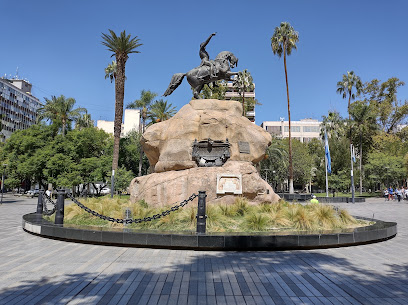
Plaza Francia
Explore the natural beauty and cultural vibrancy of Plaza Francia, a serene park in the heart of San Rafael, Mendoza Province.

Borges Labyrinth
Discover the Borges Labyrinth in San Rafael, a cultural gem where literature and nature intertwine in a mesmerizing maze experience.
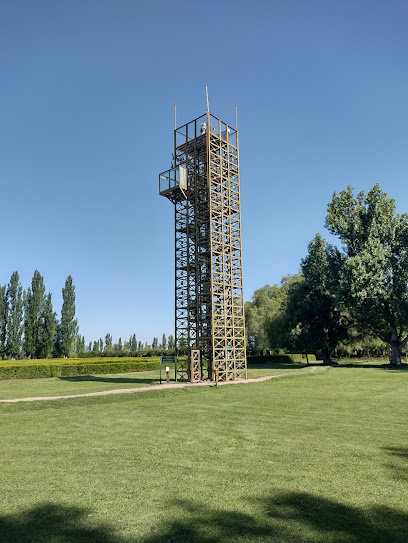
Fountain of the Continents
Explore the enchanting Fountain of the Continents in Mendoza's Parque San Martín, a stunning tribute to nature and art in the heart of the city.
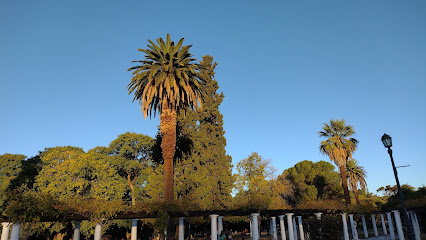
Children's park
Discover the joy of nature and play at the Children's Park in San Rafael, a perfect family-friendly destination in the heart of Mendoza.
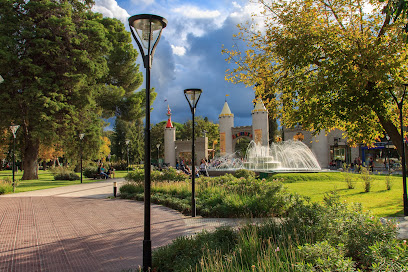
Cañon del Atuel
Explore the breathtaking Cañon del Atuel in Mendoza, Argentina - a stunning natural wonder perfect for outdoor adventures and scenic relaxation.
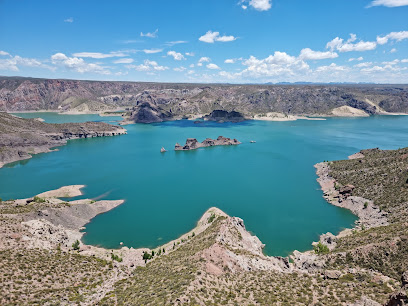
Tower Inn & Suites
Discover the perfect blend of comfort and elegance at Tower Inn & Suites in San Rafael, Mendoza, surrounded by stunning landscapes and rich culture.
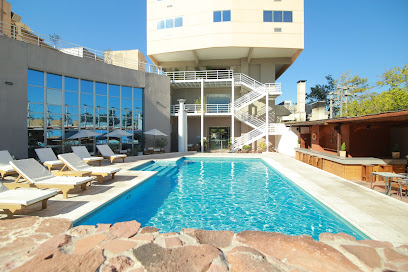
Cristo rey del valle de Tupungato
Discover the breathtaking views and spiritual significance at Cristo Rey del Valle de Tupungato, a must-visit attraction in Mendoza's stunning landscape.
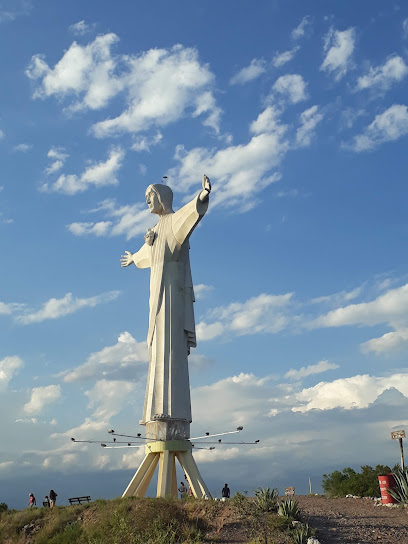
Bodega Labiano
Experience the rich flavors of Argentine wines at Bodega Labiano, a stunning winery in Mendoza offering immersive tastings and breathtaking vineyard views.
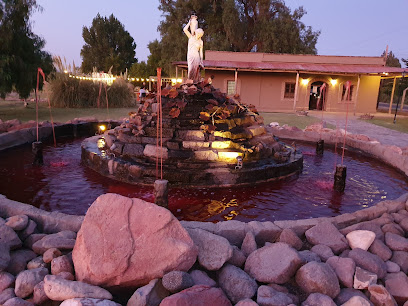
Museo Ferroviario
Explore the captivating history of rail transport at Museo Ferroviario in San Rafael, Mendoza – a treasure trove for train enthusiasts and history lovers.
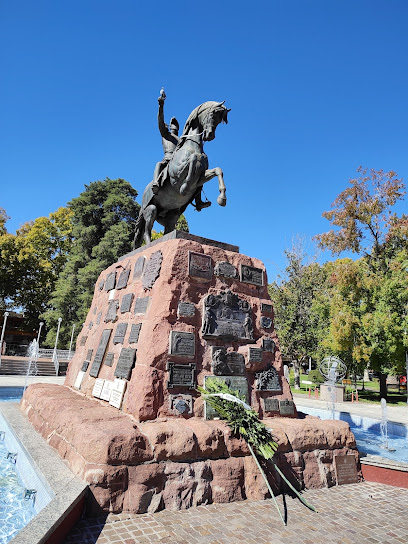
Air EUCA forest
Explore the Air EUCA Forest, a captivating theme park in Mendoza offering thrilling activities and stunning natural beauty for every adventurer.
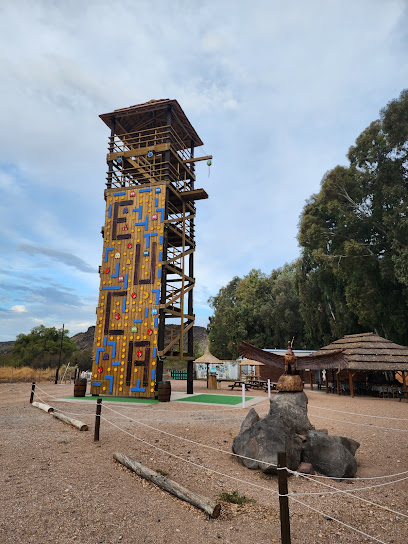
Raffeish Adventure Tourism
Experience the thrill of adventure in the heart of Mendoza at Raffeish Adventure Tourism, where nature and excitement await.
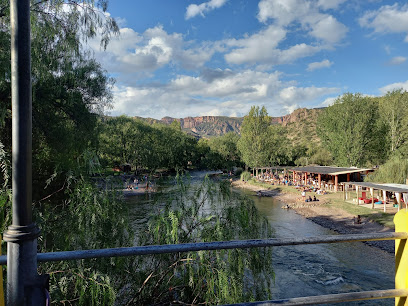
Parque De La Aventura
Discover thrill and adventure at Parque De La Aventura in Mendoza, where nature meets excitement for the perfect getaway.

Hipólito Yrigoyen Park
Experience the tranquility and natural beauty of Hipólito Yrigoyen Park in San Rafael, an ideal retreat for relaxation and recreation amidst Mendoza's stunning landscapes.
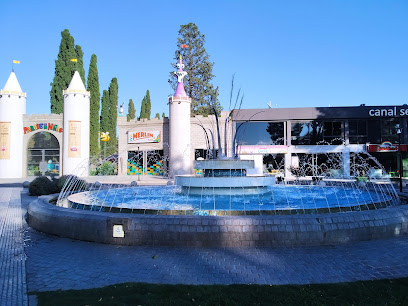
Hotel San Rafael
Experience warm hospitality and comfort at Hotel San Rafael, your perfect base for exploring the stunning Mendoza Province in Argentina.

Unmissable attractions to see
Plaza Francia
Discover the tranquil beauty of Plaza Francia in San Rafael, Mendoza – a perfect park for relaxation, family fun, and cultural experiences.

Borges Labyrinth
Explore the Borges Labyrinth, a cultural oasis in San Rafael where literature and art intertwine in a mesmerizing maze.
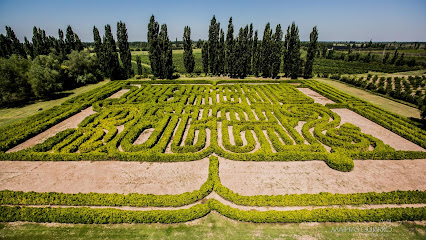
Plaza San Martin
Discover the beauty and cultural richness of Plaza San Martin, a serene park in the heart of San Rafael, Mendoza Province.
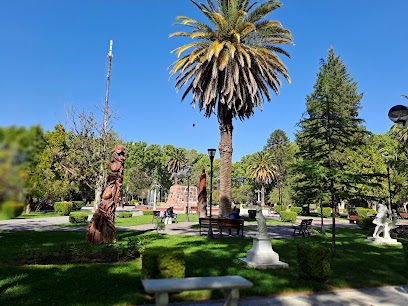
Children's park
Children's Park in San Rafael, Mendoza, offers a delightful escape into nature with playgrounds, picnic areas, and beautiful gardens perfect for families.

Cañon del Atuel
Explore the breathtaking Cañon del Atuel in Mendoza, Argentina, a paradise for nature lovers and adventure seekers alike.
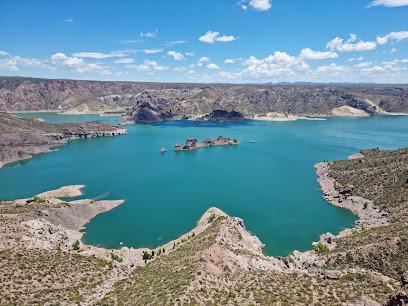
Punto Panorámico Cañon del Atuel
Explore the stunning natural beauty of Punto Panorámico Cañon del Atuel in Mendoza, where breathtaking views and geological wonders await every traveler.
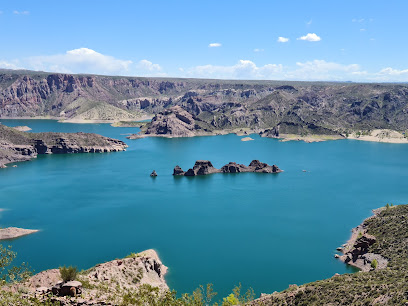
Bodega Labiano
Discover the enchanting Bodega Labiano in Mendoza, where exquisite wines and breathtaking vineyard views await every visitor.
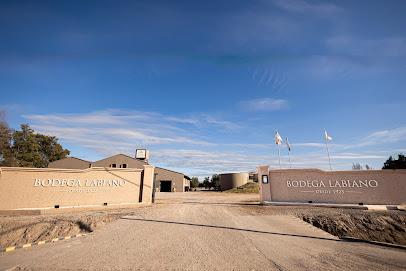
Embalse Valle Grande
Experience the breathtaking beauty of Embalse Valle Grande, a tranquil lake perfect for adventure and relaxation in Mendoza Province, Argentina.
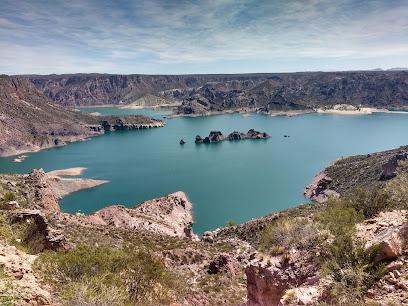
Bodega Labiano
Discover the essence of Mendoza's wine culture at Bodega Labiano, where exquisite tastings and stunning vineyard views await.
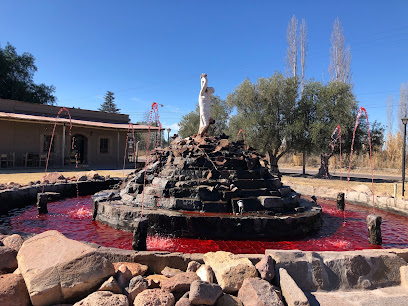
Museo Ferroviario
Explore the fascinating world of railways at Museo Ferroviario, a must-visit museum in San Rafael, Mendoza, highlighting Argentina's rich railway history.
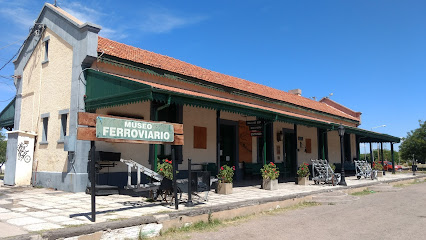
Bodegas Bianchi
Discover the essence of Mendoza at Bodegas Bianchi, where exquisite wines and stunning vineyard views create an unforgettable experience.
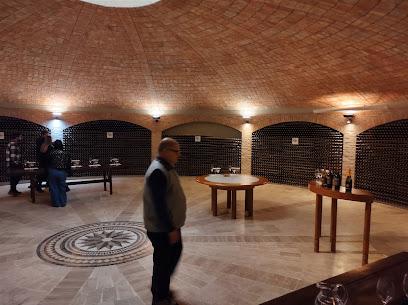
Air EUCA forest
Explore Air EUCA Forest in Mendoza, Argentina: a family-friendly theme park surrounded by nature, perfect for adventure and relaxation.
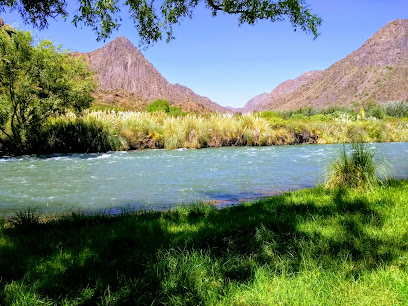
Raffeish Adventure Tourism
Experience the thrill of adventure and the beauty of nature at Raffeish Adventure Tourism in Valle Grande, Mendoza.

Parque De La Isla
Explore the natural beauty of Parque De La Isla in San Rafael, Mendoza—a serene park perfect for relaxation, recreation, and cultural experiences.
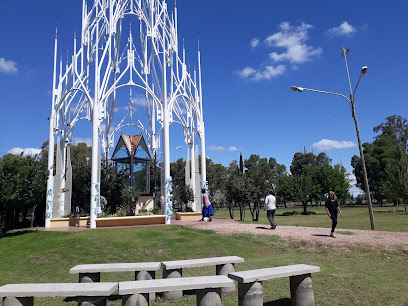
Saint Josph Adventure Tourism
Explore the thrill of adventure sports at Saint Joseph Adventure Tourism in San Rafael, Mendoza Province, where nature and excitement collide.
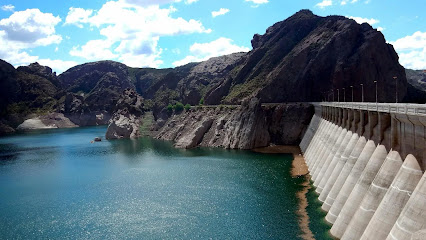
Essential places to dine
CANTINA A GOGÓ
Experience authentic Argentine cuisine at Cantina A Gogo in San Rafael—home to exquisite grills and local wine pairings.
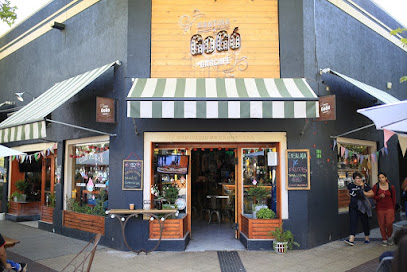
El Viejo Bodegón
Discover authentic Argentinian flavors at El Viejo Bodegón in San Rafael - where culinary tradition meets warm hospitality.
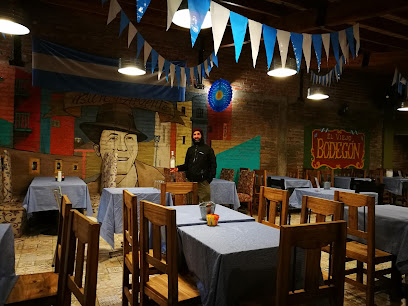
La Delicia Del Boulevard
Experience the rich flavors of Mendoza at La Delicia Del Boulevard - your go-to spot for pastries, meals & delightful desserts.
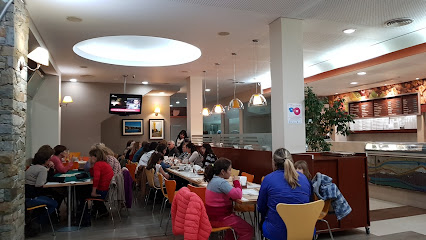
LA GRINGA
Discover La Gringa in San Rafael - A culinary haven offering authentic Argentine dishes and local wines amidst a warm atmosphere.
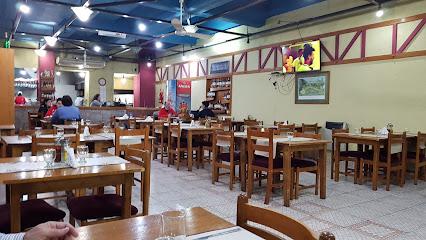
Pettra Resto
Discover Pettra Resto in San Rafael - where authentic Argentine grill meets vibrant atmosphere for an unforgettable dining experience.
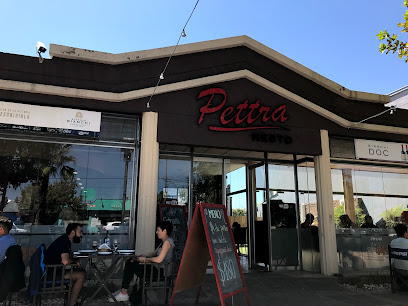
Mikelinos
Experience authentic Argentine cuisine at Mikelinos in San Rafael - where local flavors meet warm hospitality.
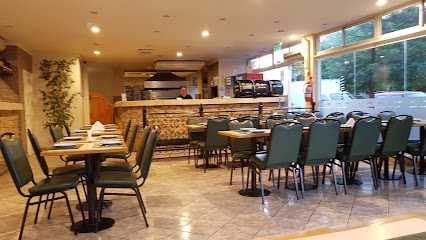
Café del Mundo
Discover the flavors of Argentina at Café del Mundo in San Rafael—where culinary delights meet cozy ambiance.
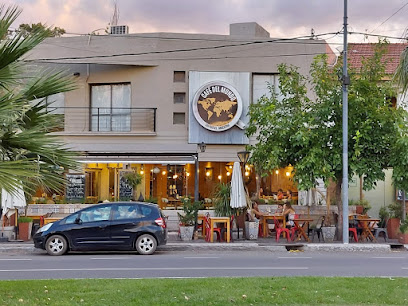
Bony's Pizza
Savor authentic pizza at Bony's Pizza in San Rafael, Mendoza - where delicious flavors meet vibrant atmosphere.
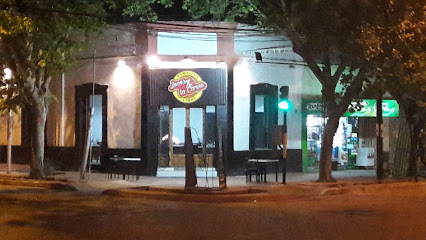
La Maquina Resto
Experience the essence of Argentine cuisine at La Maquina Resto—where exquisite grilled flavors meet local charm in San Rafael.
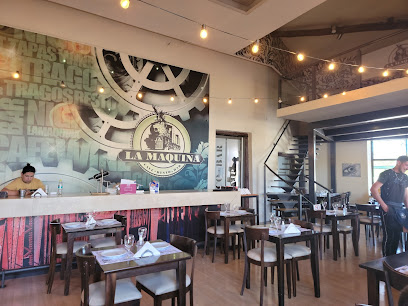
CORBO WINE BAR
Discover Mendoza's finest wines and culinary delights at Corbo Wine Bar - where flavor meets festivity in San Rafael.
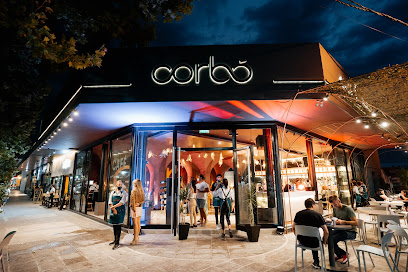
Nina
Experience authentic Argentine cuisine at Nina in San Rafael; where flavor meets tradition in every dish.
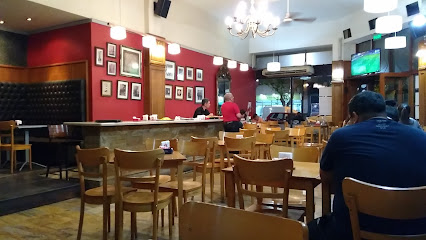
The club
Experience the essence of Argentine cuisine at The Club in San Rafael - where every meal is a celebration of flavor.

Good Pancho 19
Experience authentic Argentine flavors at Good Pancho 19 in San Rafael - a must-visit restaurant for food lovers!
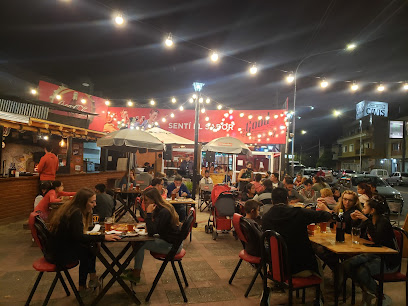
El Palacio de La Empanada
Discover authentic Argentine flavors at El Palacio de La Empanada in San Rafael - home to mouthwatering empanadas crafted with tradition.
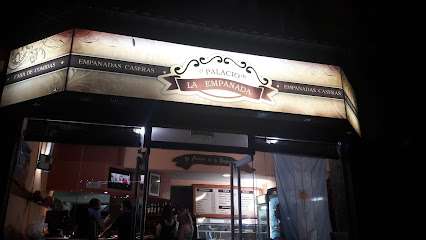
Quinchos De Ortubia
Experience authentic Argentine cuisine at Quinchos De Ortubia in San Rafael—where grilled meats meet local wines for an unforgettable dining experience.
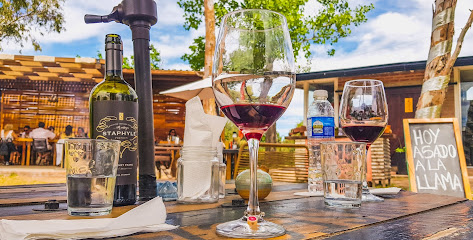
Markets, malls and hidden boutiques
Paseo de los Lagos
Explore the beauty of local craftsmanship at Paseo de los Lagos, a must-visit craft store in San Rafael, Mendoza, showcasing unique handmade treasures.
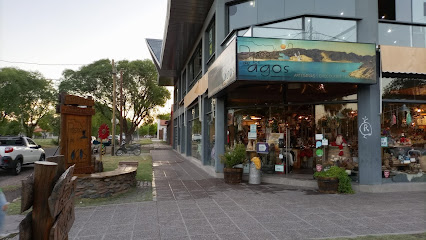
West Mall
Explore West Mall in San Rafael – a shopping paradise with diverse stores, delightful dining, and vibrant entertainment options for every traveler.
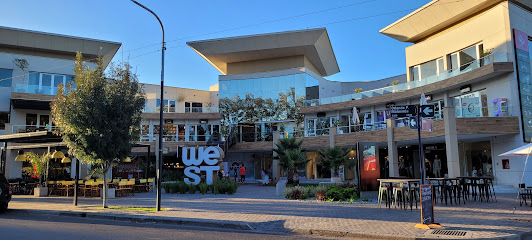
Capitán Yo
Explore the great outdoors with quality gear from Capitán Yo, the ultimate destination for adventure enthusiasts in San Rafael, Mendoza.
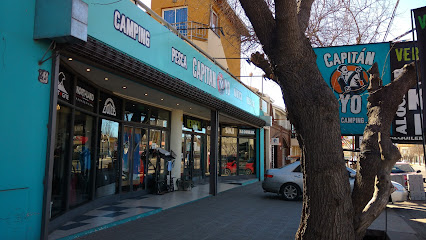
Antiquarian Books
Explore the literary wonders of Antiquarian Books in San Rafael, where rare finds and timeless stories await every book lover.
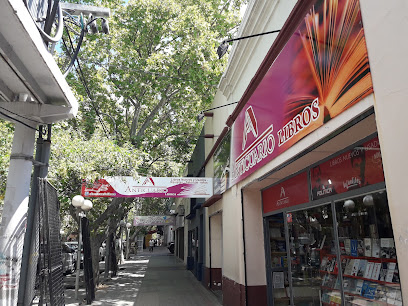
Todomoda
Explore Todomoda in San Rafael, Mendoza, for fashionable bags, cosmetics, and jewelry that elevate your style and express your uniqueness.
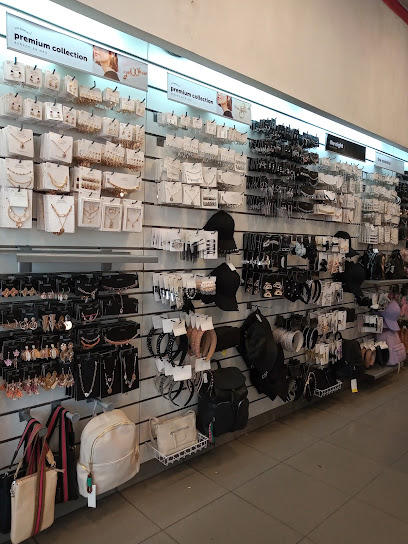
iHello Store
Explore iHello Store in San Rafael for authentic Argentine crafts and unique souvenirs that capture the essence of Mendoza's rich culture.
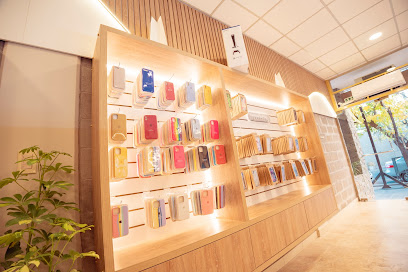
VERDE GROW
Explore Verde Grow in San Rafael, Mendoza - A unique blend of crop growing, hydroponics, and distinctive gifts.
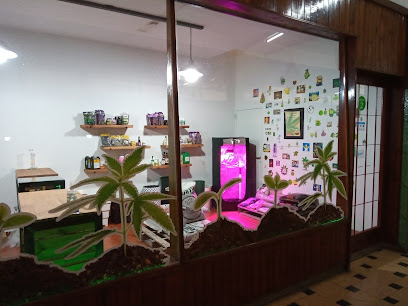
Mi Rincón Librería
Explore Mi Rincón Librería, San Rafael's charming bookstore and gift shop, where literature and local artistry come together in a cozy atmosphere.

Gepe Sport
Discover Gepe Sport in San Rafael, Mendoza - your go-to shop for premium outdoor clothing and equipment to elevate your adventure experiences.

Distinguida Tradición
Explore the essence of Mendoza at Distinguida Tradición, where local artisans showcase their crafts in a charming gift shop experience.
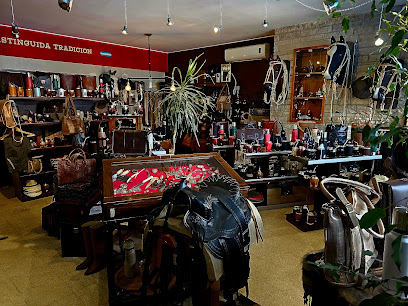
4 ESTACIONES REGIONALES
Explore 4 Estaciones Regionales in San Rafael for unique local souvenirs and artisan crafts that capture the essence of Mendoza.
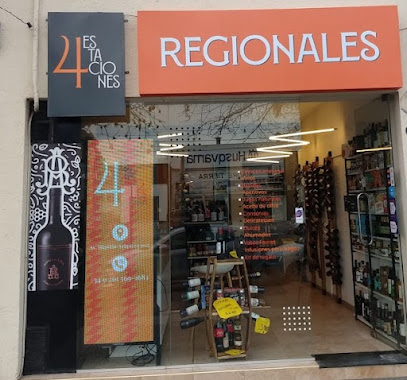
Paseo San Rafael
Explore the vibrant clothing styles of San Rafael at Paseo San Rafael, where local fashion meets unique flair for every traveler.
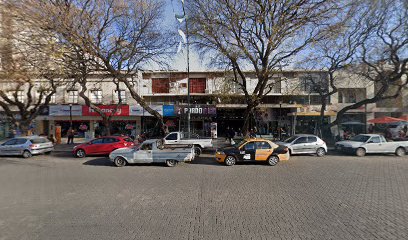
MadreTierra
Explore MadreTierra in San Rafael for exquisite garden furniture and luxurious swimming pool essentials, perfect for creating your outdoor haven.
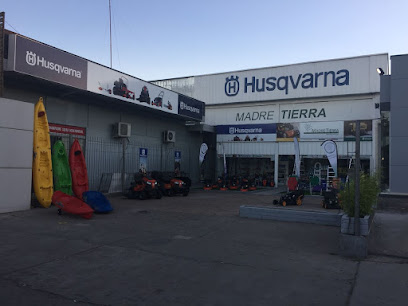
Trato Hecho SA
Discover cutting-edge electronics and exceptional service at Trato Hecho SA, San Rafael's leading electronics destination.
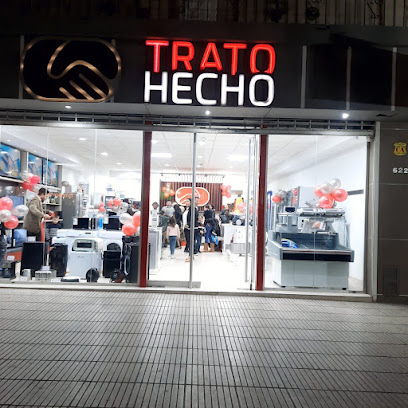
Regionales Los Patacones
Explore Regionales Los Patacones in San Rafael for authentic Argentinian souvenirs and local handicrafts that beautifully capture the spirit of Mendoza.

Essential bars & hidden hideouts
CANTINA A GOGÓ
Discover the authentic flavors of Argentina at Cantina A GOGÓ, a vibrant grill restaurant in San Rafael, Mendoza, perfect for food lovers.
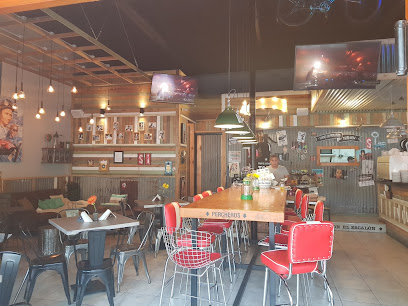
Biero
Discover Biero Brewpub in San Rafael, where craft beer meets local flavor in a vibrant atmosphere perfect for tourists.

La Maquina Resto
Discover the authentic taste of Argentina at La Maquina Resto, where grilled perfection meets charming ambiance in San Rafael, Mendoza.
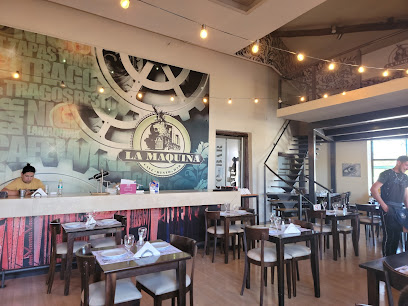
Peñon del Aguila - Cerveceria
Experience the vibrant nightlife at Peñon del Aguila, where local craft beers and a lively atmosphere await in the heart of San Rafael.
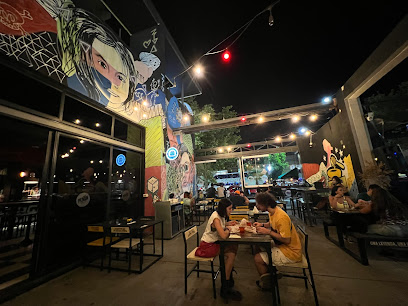
CORBO WINE BAR
Discover the essence of Mendoza at Corbo Wine Bar, where fine wines and delicious cuisine meet in a lively atmosphere.
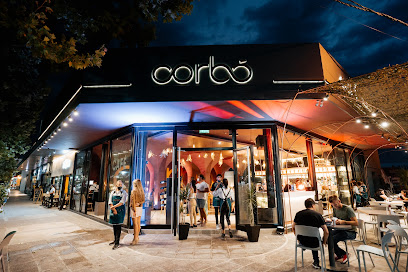
The club
Discover exquisite cuisine at The Club in San Rafael, Mendoza—where local flavors meet modern culinary artistry for an unforgettable dining experience.
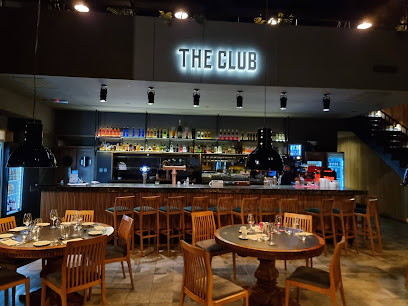
SAN TELMO RESTÔ BAR
Discover a culinary haven at San Telmo Restô Bar, where delicious pizzas and delightful pastries meet a lively atmosphere in San Rafael.
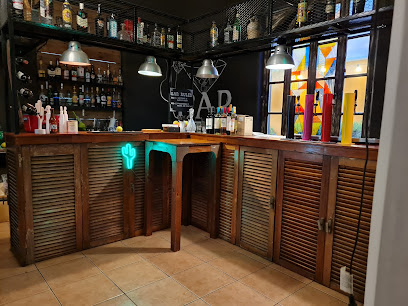
Gintoneria Antidoto
Experience the best of Argentine grilling and mixology at Gintoneria Antidoto in San Rafael, Mendoza, where flavor meets tradition.

El Patio Beer House
Discover El Patio Beer House in San Rafael, Mendoza – a charming brewpub offering unique craft beers and delicious local cuisine in a vibrant atmosphere.

Babel Bar
Experience the vibrant flavors of Argentina at Babel Bar, a premier grill destination in San Rafael, Mendoza, perfect for every taste.
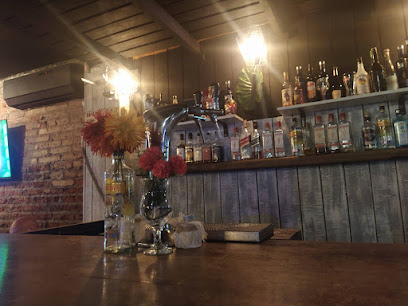
Bier 26 Cerveceria , Cocteleria , Patio de Comidas
Explore the best of Mendoza's craft beer culture at Bier 26 Cerveceria, where great brews meet delicious bites in a vibrant atmosphere.
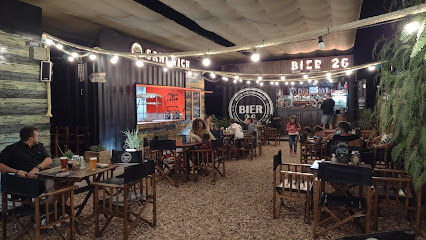
Guantánamo Bar
Experience the vibrant nightlife at Guantánamo Bar in San Rafael, Mendoza, where craft cocktails and live music create unforgettable memories.
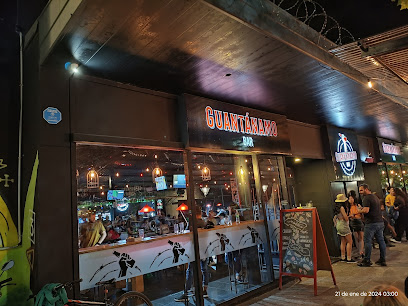
Rawson Bar
Discover the lively Rawson Bar in San Rafael, Mendoza, where local culture meets a vibrant nightlife experience.
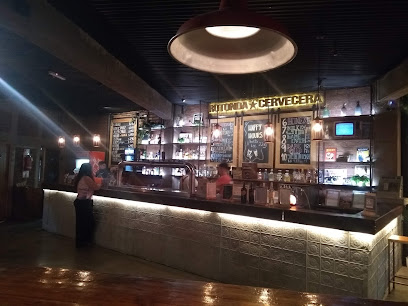
Altos Del Sol
Experience the vibrant nightlife at Altos Del Sol, the perfect bar in San Rafael for drinks, music, and local culture.

Chill Out - Lounge Bar & Food
Discover Chill Out, a vibrant lounge bar and restaurant in San Rafael, offering a delectable menu and a lively atmosphere for unforgettable evenings.
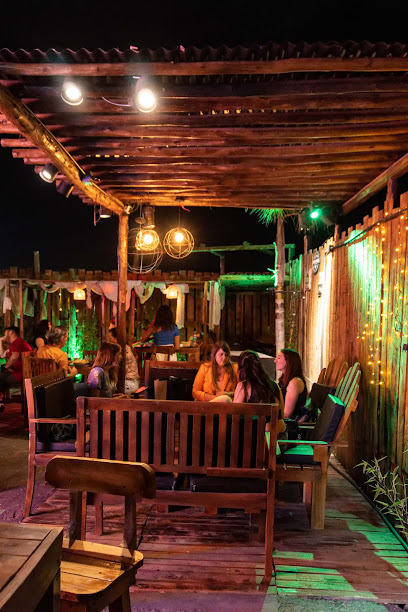
Local Phrases
-
- HelloHola
[O-la] - GoodbyeAdiós
[A-di-ós] - YesSí
[Sí] - NoNo
[No] - Please/You're welcomePor favor/De nada
[Por fa-vor/De na-da] - Thank youGracias
[Gra-cias] - Excuse me/SorryPerdón
[Per-dón] - How are you?¿Cómo estás?
[¿Có-mo es-tás?] - Fine. And you?Bien. ¿Y tú?
[Bie-n. ¿Y tú?] - Do you speak English?¿Hablas inglés?
[¿Ha-blas in-glés?] - I don't understandNo entiendo
[No en-tien-do]
- HelloHola
-
- I'd like to see the menu, pleaseMe gustaría ver el menú, por favor
[Me gus-ta-rí-a ver el me-nú, por fa-vor] - I don't eat meatNo como carne
[No co-mo car-ne] - Cheers!¡Salud!
[¡Sa-lud!] - I would like to pay, pleaseMe gustaría pagar, por favor
[Me gus-ta-rí-a pa-gar, por fa-vor]
- I'd like to see the menu, pleaseMe gustaría ver el menú, por favor
-
- Help!¡Ayuda!
[¡A-yu-da!] - Go away!¡Vete!
[¡Ve-te!] - Call the Police!¡Llama a la policía!
[¡Ya-ma a la po-li-cí-a!] - Call a doctor!¡Llama a un médico!
[¡Ya-ma a un mé-di-co!] - I'm lostEstoy perdido
[Es-toy per-di-do] - I'm illEstoy enfermo
[Es-toy en-fer-mo]
- Help!¡Ayuda!
-
- I'd like to buy...Me gustaría comprar...
[Me gus-ta-rí-a com-prar...] - I'm just lookingSolo estoy mirando
[So-lo es-toy mi-ran-do] - How much is it?¿Cuánto cuesta?
[¿Cuan-to cues-ta?] - That's too expensiveEso es demasiado caro
[E-so es de-ma-sia-do ca-ro] - Can you lower the price?¿Puede bajar el precio?
[¿Pue-de ba-jar el pre-cio?]
- I'd like to buy...Me gustaría comprar...
-
- What time is it?¿Qué hora es?
[¿Qué ho-ra es?] - It's one o'clockEs la una
[Es la u-na] - Half past (10)Las diez y media
[Las diez y me-dia] - MorningMañana
[Ma-ña-na] - AfternoonTarde
[Tar-de] - EveningNoche
[No-che] - YesterdayAyer
[A-yer] - TodayHoy
[Hoy] - TomorrowMañana
[Ma-ña-na] - 1Uno
[U-no] - 2Dos
[Dos] - 3Tres
[Tres] - 4Cuatro
[Cua-tro] - 5Cinco
[Cin-co] - 6Seis
[Seis] - 7Siete
[Siete] - 8Ocho
[O-cho] - 9Nueve
[Nue-ve] - 10Diez
[Diez]
- What time is it?¿Qué hora es?
-
- Where's a/the...?¿Dónde está un/el...?
[¿Dón-de es-tá un/el...?] - What's the address?¿Cuál es la dirección?
[¿Cua-l es la di-rec-ción?] - Can you show me (on the map)?¿Puede mostrarme (en el mapa)?
[¿Pue-de mos-trar-me (en el ma-pa)?] - When's the next (bus)?¿Cuándo es el próximo (colectivo)?
[¿Cuan-do es el pró-xi-mo (co-lec-ti-vo)?] - A ticket (to ....)Un boleto (a ....)
[Un bo-le-to (a ....)]
- Where's a/the...?¿Dónde está un/el...?
History of San Rafael
-
San Rafael was founded on April 2, 1805, by Rafael de Sobremonte, the Viceroy of the Río de la Plata. This establishment was part of a broader effort to populate and fortify the frontier regions of what was then the Spanish colonial territory. Originally, the area was inhabited by the indigenous Mapuche people, whose culture and influence still resonate in the region today.
-
In the early 18th century, Jesuit missionaries established various missions in the region, with the goal of converting the indigenous populations to Christianity. These missions played a crucial role in the early development of San Rafael, introducing new agricultural techniques and crafts which would lay the foundation for the area's economic growth.
-
In the late 19th and early 20th centuries, San Rafael experienced significant growth due to the booming wine industry. European immigrants, particularly from Italy and Spain, brought with them viticulture knowledge and traditions. The fertile land and favorable climate conditions led to San Rafael becoming one of Argentina's key wine-producing regions, known for its Malbec and Cabernet Sauvignon.
-
The construction of the Nihuil Dam in the mid-20th century was a transformative event for San Rafael. Completed in 1953, the dam not only provided a reliable source of hydroelectric power but also created the Nihuil Reservoir. This development significantly boosted the local economy, promoting both agricultural irrigation and tourism.
-
On June 27, 1929, San Rafael was struck by a powerful earthquake that caused widespread damage to the city and its infrastructure. Despite the devastation, the community's resilience shone through as they rebuilt the city, implementing modern building techniques to better withstand future seismic events. This event is a stark reminder of the region's vulnerability to natural disasters and the enduring spirit of its people.
-
San Rafael is renowned for its vibrant cultural festivals, which celebrate its rich history and diverse heritage. The annual Grape Harvest Festival (Fiesta de la Vendimia) is a major event, showcasing local wine, music, dance, and culinary traditions. Another significant celebration is the National Festival of the Goat (Fiesta Nacional del Chivo), which highlights rural traditions and the region's agricultural heritage.
-
In the 1980s, the development of the Las Leñas ski resort brought new economic opportunities to the San Rafael region. Located in the Andes Mountains, Las Leñas quickly became one of the most popular ski destinations in South America, attracting tourists from around the world and boosting the local tourism industry.
San Rafael Essentials
-
San Rafael is located in the Mendoza Province of Argentina. The closest major airport is San Rafael Airport (AFA), which receives flights from Buenos Aires. Alternatively, you can fly into Mendoza's Governor Francisco Gabrielli International Airport (MDZ) and take a bus or rent a car to drive the roughly 230 kilometers to San Rafael. Buses from Buenos Aires and other major cities also serve San Rafael and are a popular and cost-effective option.
-
Within San Rafael, taxis and remises (private cars for hire) are readily available and relatively inexpensive. Public buses operate throughout the city and connect to nearby towns and tourist attractions. Renting a car is a good option for those who wish to explore the area at their own pace. Bicycles are also popular for short distances and can be rented from various outlets in the city.
-
The official currency in Argentina is the Argentine Peso (ARS). Credit cards are widely accepted in hotels, restaurants, and larger shops, but it is advisable to carry cash for smaller establishments and rural areas. ATMs are available throughout San Rafael, but be aware that they may have withdrawal limits. It is wise to have some cash on hand at all times.
-
San Rafael is generally a safe city for tourists. However, like any other destination, it is important to stay vigilant. Avoid walking alone at night in unfamiliar areas, and be cautious with your belongings in crowded places. While San Rafael does not have specific high-crime areas targeting tourists, it is best to avoid poorly lit and isolated areas after dark.
-
In case of emergency, dial 911 for immediate assistance. San Rafael has several hospitals and clinics for medical emergencies, including the Hospital Teodoro J. Schestakow. Pharmacies are plentiful and can provide over-the-counter medications. It is advisable to have travel insurance that covers medical emergencies.
-
Fashion: Do dress comfortably and casually, but avoid overly revealing clothing. In upscale restaurants, smart casual attire is appropriate. Religion: Do respect local customs and traditions. While San Rafael is not particularly conservative, modesty is appreciated, especially in religious settings. Public Transport: Do have small change for bus fares and be prepared for crowded conditions during peak hours. Greetings: Do greet people with a handshake and maintain eye contact. A friendly 'Hola' or 'Buen día' is appreciated. Eating & Drinking: Do try local wines and regional dishes like empanadas and asado. Don’t leave food on your plate, as it may be considered wasteful.
-
To experience San Rafael like a local, visit the local markets such as Mercado Municipal, where you can buy fresh produce, meats, and regional goods. Enjoy a leisurely stroll through Parque Hipólito Yrigoyen, a popular spot for picnics and family gatherings. Engage with locals at wine tastings and vineyard tours to learn about the region's wine culture. Don’t miss taking a drive along the scenic Route 173, which offers breathtaking views of the Atuel Canyon.
Trending Landmark in San Rafael
Nearby Cities to San Rafael
-
Things To Do in Mendoza
-
Things To Do in Rancagua
-
Things To Do in Santiago
-
Things To Do in Curicó
-
Things To Do in San Juan
-
Things To Do in Viña del Mar
-
Things To Do in Valparaíso
-
Things To Do in Concepción
-
Things To Do in Córdoba
-
Things To Do in Coquimbo
-
Things To Do in La Serena
-
Things To Do in Temuco
-
Things To Do in Pucon
-
Things To Do in Valdivia
-
Things To Do in Rosario










